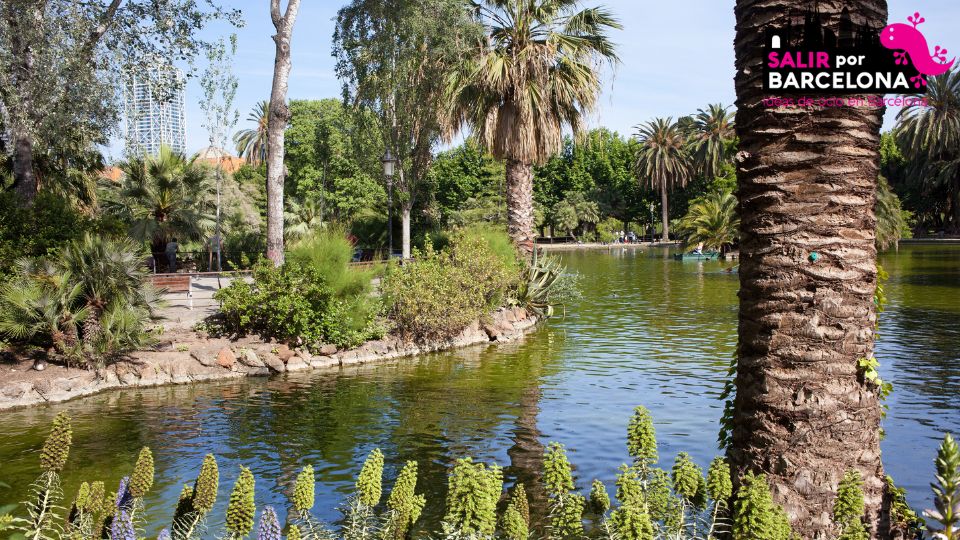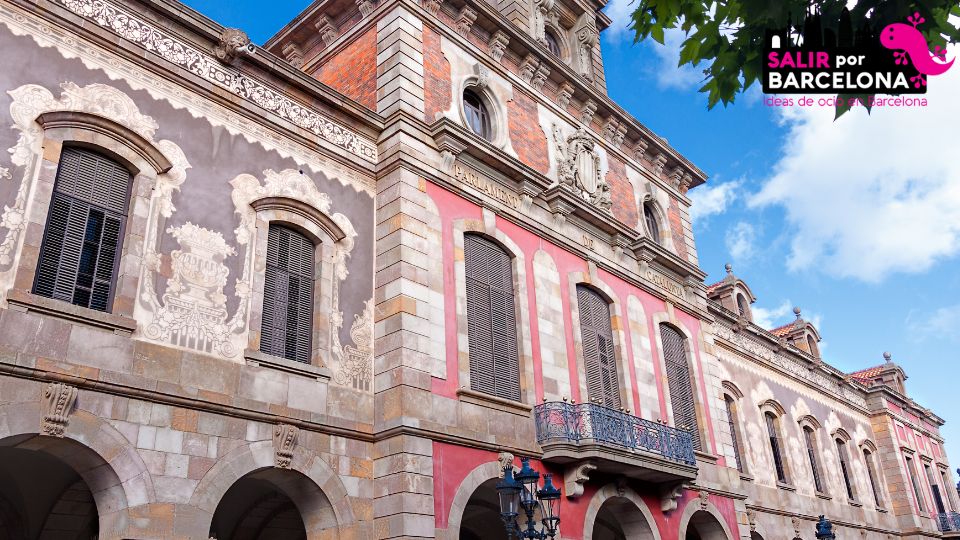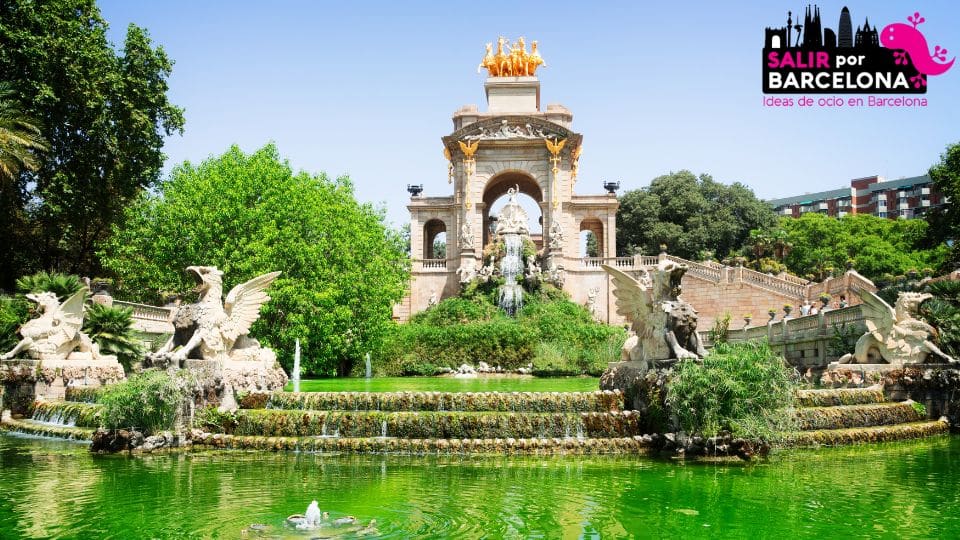Ciutadella Park is one of the most important green lungs of Barcelona, but it is also much more than that. It is a space full of history, art and nature. Built on the grounds of a former military fortress, the park is today a haven of peace amidst the bustle of the city, and a meeting place for tourists and locals alike. This green space is a hidden gem that many do not know in depth, despite its relevance in the history of the city.
 Ciutadella Park has a military past
Ciutadella Park has a military past
Before becoming the park we know today, the land where the Ciutadella sits was a symbol of control and repression. After the War of the Spanish Succession, Barcelona fell into the hands of Philip V on September 11, 1714, and to maintain control over the city, the monarch ordered the construction of a military citadel, known as the “Ciutadella”. This fortress, designed by the military engineer Joris Prosper Van Verboom, was built between 1716 and 1751 and was a pentagon surrounded by walls.
Classical music concerts in the Hivernacle of the Ciutadella Park
For its construction, more than 1,200 houses were demolished and thousands of people were displaced, mainly from the Ribera neighborhood. This decision left many families homeless, without compensation. The Citadel was seen as a symbol of repression, and it was not until 1869 that its demolition was finally decreed after the Revolution of 1868, ceding the land to the city of Barcelona.
 The birth of Ciutadella Park
The birth of Ciutadella Park
The park also played a key role in the Universal Exposition of 1888, when it hosted numerous events and exhibitions that attracted visitors from all over the world. Since then, the park has been an iconic place in the city, a space that unites history and nature in perfect harmony.
 Outdoor art and sculpture
Outdoor art and sculpture
If anything distinguishes the Ciutadella Park, in addition to its vegetation and history, it is the large number of sculptures it houses. Some of the most outstanding include the equestrian statue of General Prim, the work of Frederic Marès, and the female nude “El desconsol” by Josep Llimona. The latter has become one of the park’s best-known symbols. There are also works by other great Catalan artists such as Eusebi Arnau, Josep Clarà, Pau Gargallo and Manuel Fuxà, among others. The park is full of corners that surprise the visitor, with busts of historical figures and sculptures that seem to emerge from the trees and paths. Among the most significant sculptures, the bronze bust of Bonaventura Carles Aribau, the work of Manuel Fuxà, is one of the most visited points of interest. In addition, the park has a series of sculptures in honor of important personalities of Catalan culture, reinforcing its importance as a place of homage and memory.
 Nature in the heart of the city
Nature in the heart of the city
In addition to its historical and artistic relevance, the Ciutadella Park is a green space with an abundance of botanical species of great value. Among the most outstanding trees are lime trees, magnolias, poplars and plane trees. These trees, many of them centuries old, offer shade and coolness on hot summer days and provide a natural habitat for urban fauna.
But perhaps the most unique tree in the park is the Ginkgo biloba, known as the “sacred tree”. This tree is a true living relic, with a history dating back more than 270 million years, and is located near the famous mammoth sculpture, another of the park’s symbols.
A space full of life
Ciutadella Park is also a place where life is breathed. On weekends, families, groups of friends and tourists stroll along its paths, enjoy a boat ride on the lake or simply relax in its meadows. In addition, the park shares space with the Barcelona Zoo, making it a perfect destination for a family visit.
Gaudí’s work hidden in the Ciutadella Park
In addition to its green areas, the park is home to important institutions such as the Parliament of Catalonia, located in the old Arsenal of the Citadel, and several museums. The Martorell Museum and the Castle of the Three Dragons are two examples of how the park also serves a cultural function.
The legacy of memory
In the Ciutadella Park there is also the traffic circle in tribute to Sonia Rescalvo Zafra, a transsexual woman brutally murdered in 1991 in this same place. This traffic circle recalls the importance of the struggle for human rights and symbolizes resistance and memory in the city. Ciutadella Park is not only a place for recreation, it is a reflection of Barcelona’s history. Since its origin as a military fortress, this park has witnessed the changes and struggles of the city. Over time, it was transformed into a green space full of art and life. Today, it is a place where past and present merge. It offers its visitors a unique experience of history, nature and culture.
In Barcelona the Hivernacle in the Ciutadella is reborn
If you visit Barcelona, the Ciutadella Park is a destination not to be missed. Whether to enjoy a leisurely stroll, admire its rich collection of sculptures or simply relax under the shade of its centuries-old trees, this park has something special to offer every visitor.


 Ciutadella Park has a military past
Ciutadella Park has a military past The birth of Ciutadella Park
The birth of Ciutadella Park Outdoor art and sculpture
Outdoor art and sculpture Nature in the heart of the city
Nature in the heart of the city
